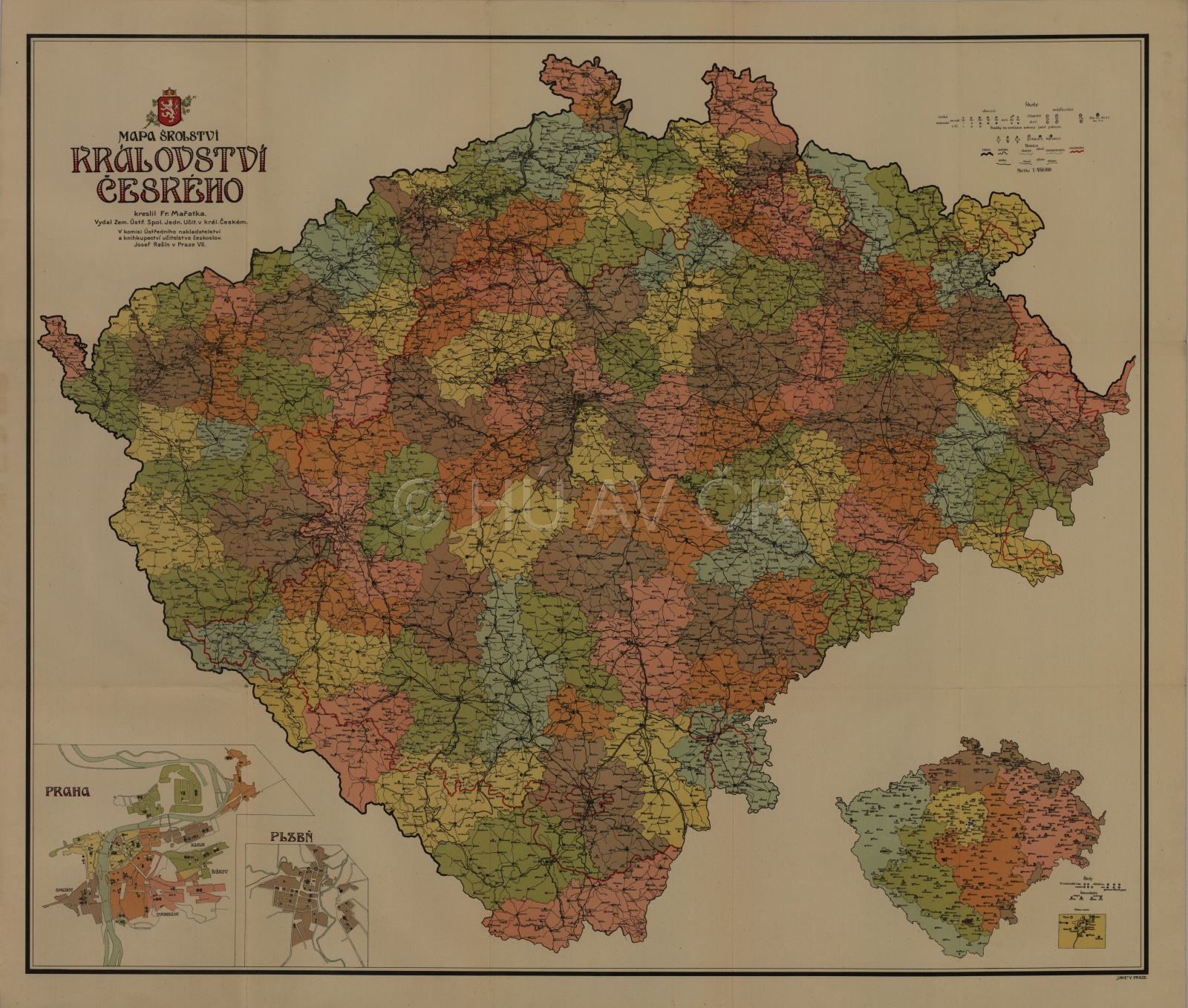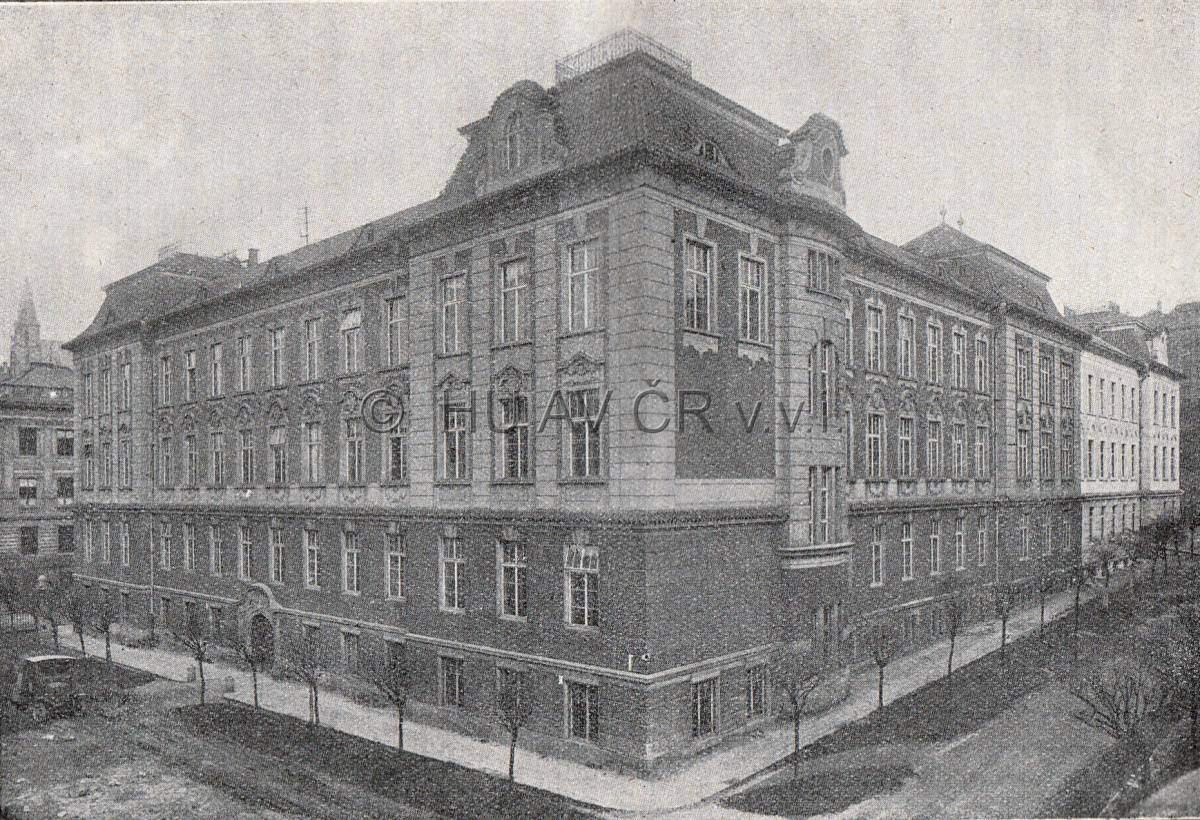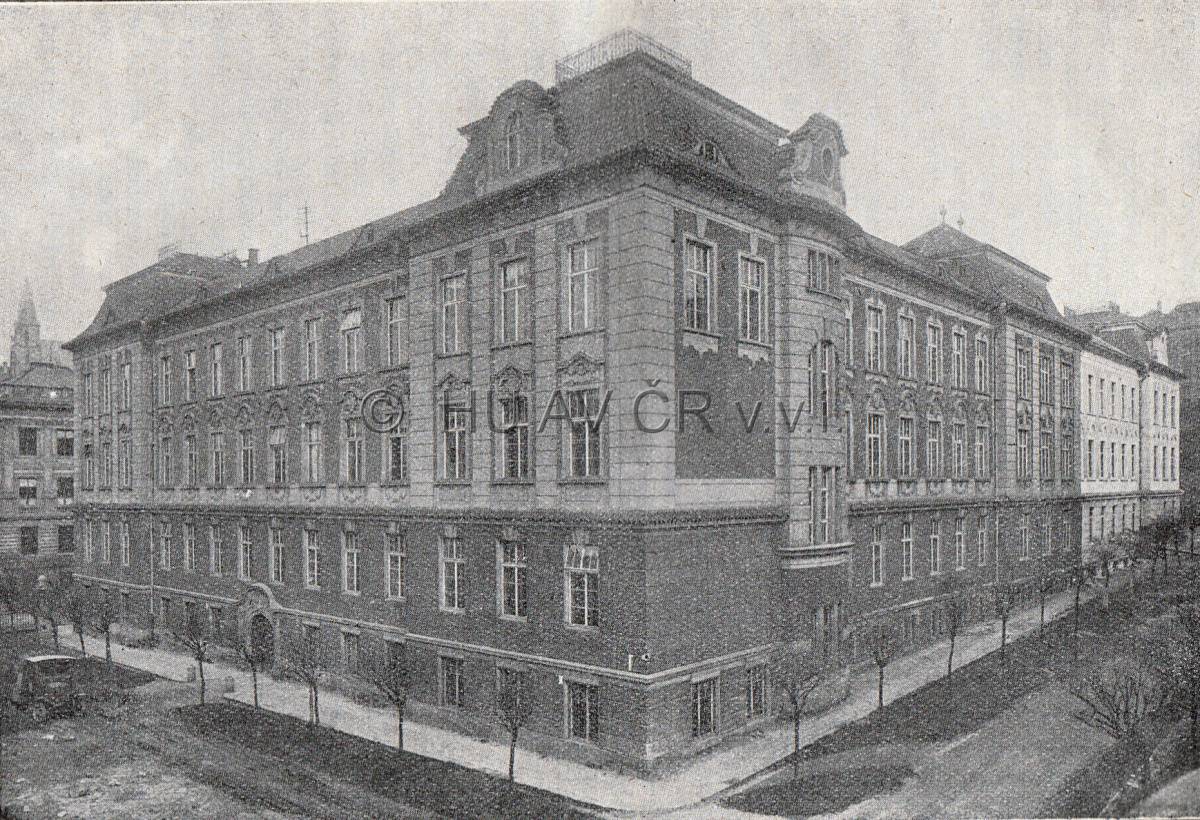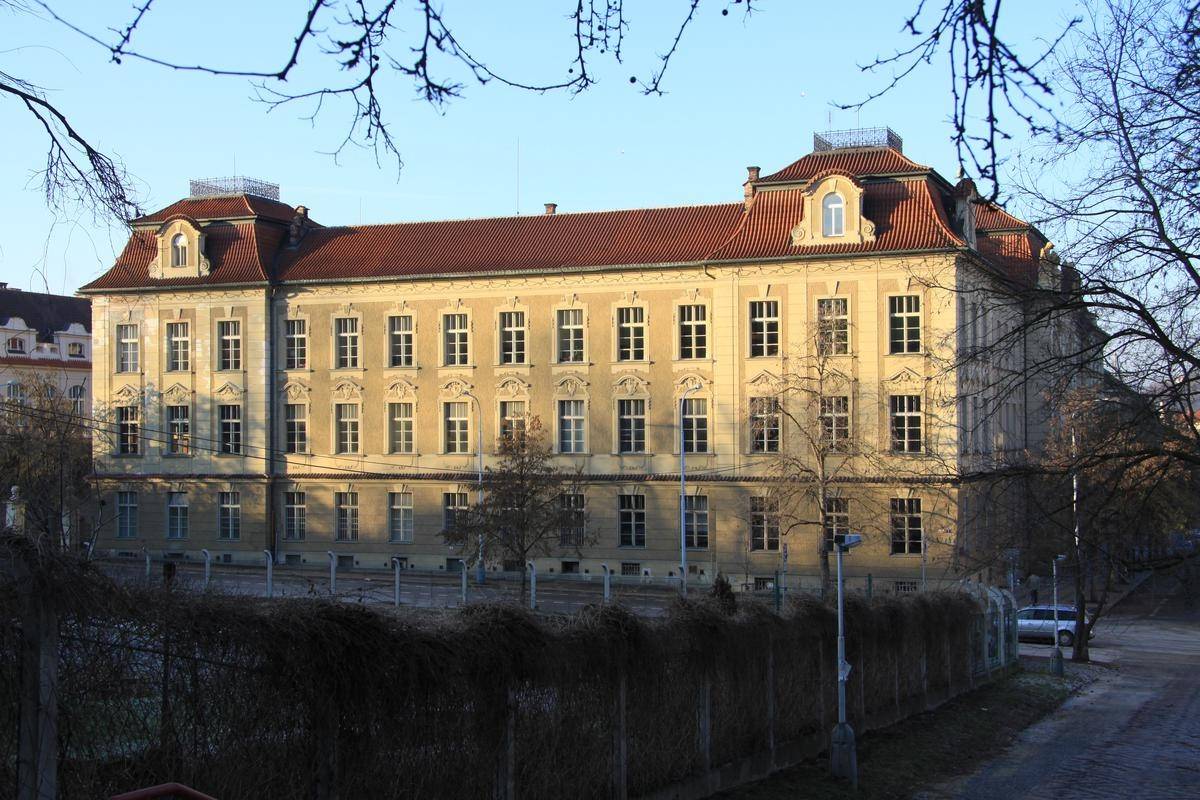
Education
The reforms introduced by Marie Therese and Joseph II in the second half of the 18th century fundamentally affected the education system in the Habsburg Monarchy. They laid the foundations to comprehensive education and resulted in gradual increase of literacy.
The emancipatory efforts of the Czech nation were also reflected in the school system – after 1848, the Czech and German languages became emancipated on the level of basic and secondary education. The second half of the 19th century experienced a dramatic development of the Czech secondary and university education whose imaginary peak can be found in the division of the Prague Charles-Ferdinand University into a Czech and German university (1882). The second half of the 19th century also brought further fundamental school reforms when numerous types of school, especially secondary and vocational, were established. At the end of the 19th century, the first girls’ grammar schools and lyceums were open and the women were allowed university education.
An important milestone for further development of Czech (Czechoslovak) science and university education was establishment of the independent Czechoslovak state. Under the First Czechoslovak Republic, new universities were established and the existing universities were transformed and extended. New scientific state institutes and private scientific societies were also established. The promising development was stopped by the Second World War and closure of Czech universities in November 1939. The academic sphere suffered the loss of many scientific personalities and teachers who fell victim to the Nazi persecution.
After 1945, university education was quickly restored and extended in Czechoslovakia. In 1953, the Czechoslovak Academy of Sciences was established. The communist regime and its ideology heavily affected the science and university education, in particular the humanities. The academic sphere experienced staff cleansing, international scholar contacts were narrowed and newly oriented to the Soviet Union and other states of the Eastern bloc.
After the Velvet Revolution and fall of communism in 1989, the university education developed in the public, state and private sectors. Thanks to the newly established universities especially in the individual regions, the system of tertiary education further thickened in the Czech Republic. The research underwent a large transformation and became fully established in the international field.

František MAŘATKA, Map of education of the Kingdom of Bohemia (1916). Map Collection of the Institute of History, CAS.
Authors
historians: Jitka Močičková, Tomáš Burda, Eva Semotanová, Aleš Vyskočil
geographer: Tomáš Burda
cartographers: Petra Jílková, Jakub Havlíček, Tomáš Janata, Pavel Seemann
digital atlas: Petra Jílková, Jiří Krejčí, Jitka Močičková, Eva Semotanová
team of authors
References
Bláhová, K. – Petrbok, V. (ed.): Vzdělání a osvěta v české kultuře 19. století. Praha 2004;
Franc, M. – Kostlán, A. – Míšková, A. (eds.): Bohemia docta: k historickým kořenům vědy v českých zemích. Praha 2010;
Semotanová, E. ‒ Cajthaml, J. a kol.: Akademický atlas českých dějin. Praha 2014, 2. akt. vydání 2016;
Semotanová, E. ‒ Zudová-Lešková, Z. ‒ Močičková, J. ‒ Cajthaml, J. ‒ Seemann, P. ‒ Bláha, J. D. a kol.: Český historický atlas. Kapitoly z dějin 20. století. Praha 2019.
Links
Projekt Historický GIS: http://www.historickygis.cz/aplikace/mapa.html [ověřeno 19. 3. 2020] (modul Vzdělání);
Historie a vývoj vysokého školství. ČSÚ, Praha, dostupné z: https://www.czso.cz/csu/czso/historie-a-vyvoj-vysokeho-skolstvi-n-i46po3jjgu [ověřeno 19. 3. 2020];
Akademie věd České republiky, on-line, dostupné z http://www.avcr.cz/cs [ověřeno 19. 3. 2020]




